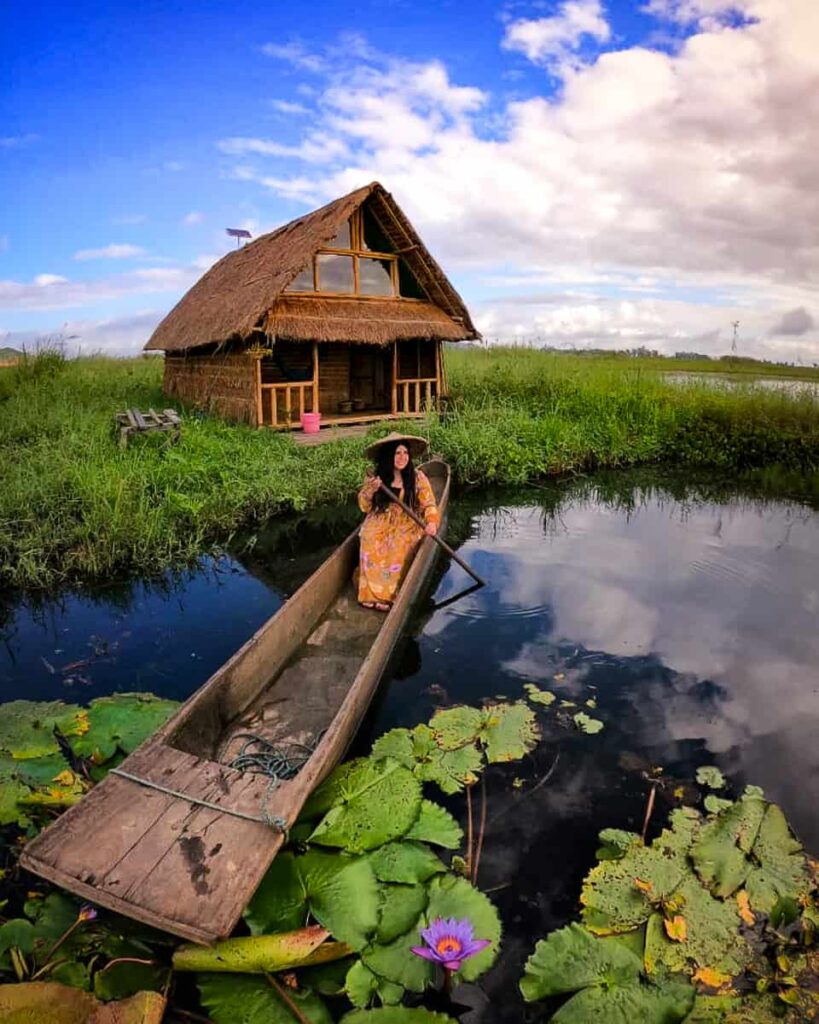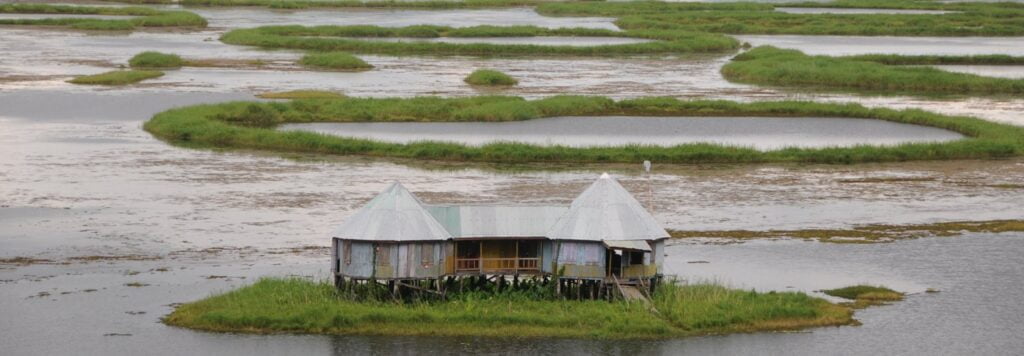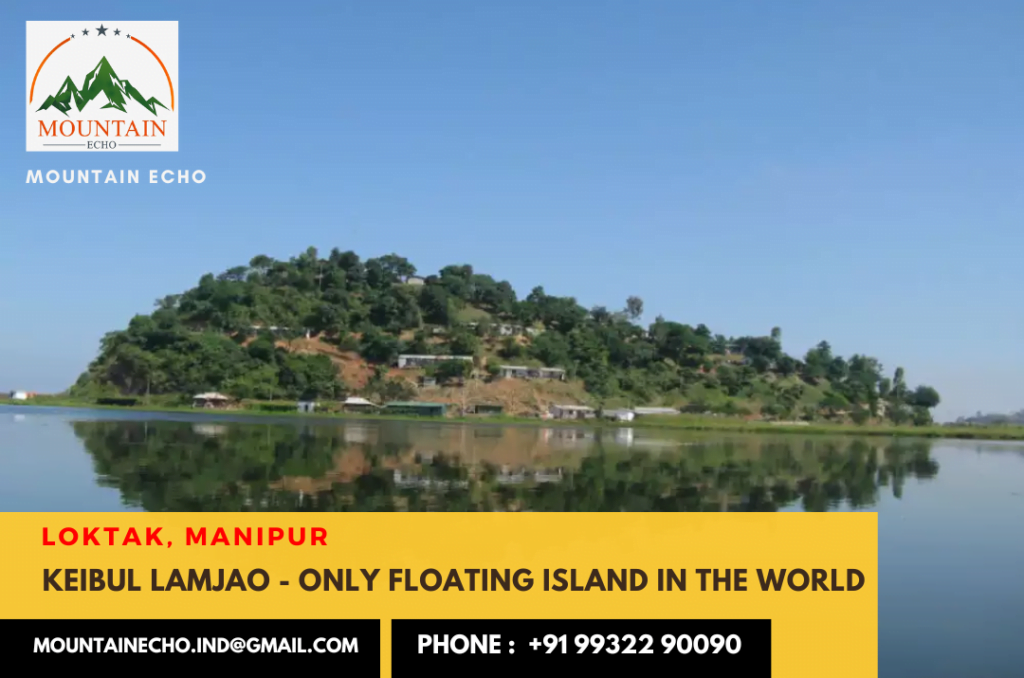Keibul Lamjao, Manipur: the only floating park in the world
Keibul Lamjao, known as the world’s only floating national park, is located about 50 Kms away from Imphal, the capital of Manipur. This 40 sq km national park is part of Loktak Lake, the largest freshwater lake in Northeast India.
So, what makes the Keibul Lamjao park so special and why is it called floating island?
The Loktak Lake has a unique ecosystem called ‘Phumdi’ (a Manipuri word meaning floating mats of soil and vegetation). Phumdis are masses of vegetation, soil, and organic matter that have naturally accumulated on the lake’s surface. These masses of vegetation are not just layers of green grasses, they are so densely packed that some of these phumdis are as sturdy as land, and can even support houses.

The Phumdis are so sturdy that you can even build houses on them and there are many cafes that have opened up in these floating phumdis. The Keibul Lamjao National Part is also on one of these phumdis.
These floating patches of soil and vegetation can encompass anywhere from a few inches to 6.5 feet, and mostly grow in the lake’s southeastern portion. That’s where many of them have joined together to form a giant phumdi — essentially, a massive floating meadow.
The plants and grasses on the Phumdis support a variety of plant and animal life, specially the critically endangered Sangai (dancing deer), known for its graceful movements in the water. The Sangai deer is the state animal of Manipur and is found exclusively in the Keibul Lamjao National Park and nowhere else in the world.
These landmasses are sustaining the population of the Sangai deer providing nourishment and also a safe hideout for the deer.
Development over a Phumdi landmass, the Keibul Lamjao national park was established primarily to protect the Sangai deer and its habitat. Its ecological significance and unique landscape has gotten attention over the years.
Given the fragile ecosystem of the floating islands, efforts are being made to balance conservation and sustainable use of the park’s resources.

Visitors to Keibul Lamjao National Park have the opportunity to observe the distinct flora and fauna of the phumdis, including various aquatic plants, birds, and other wildlife. Boat rides are a popular way to explore the park and witness the unique ecosystem up close.



